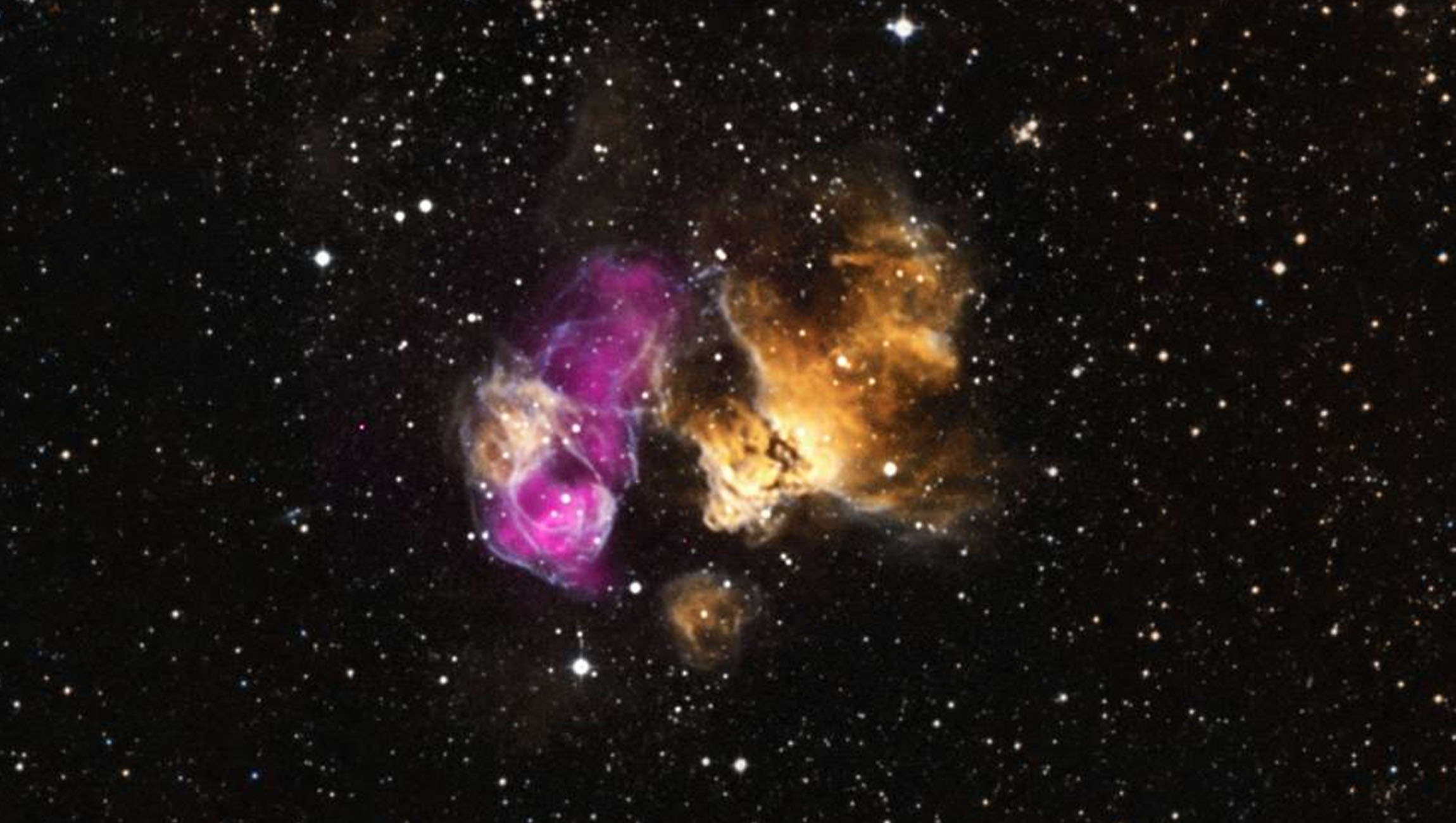Create a free profile to get unlimited access to exclusive videos, sweepstakes, and more!
Never-before-seen supernova super-explosion sent another star blazing through our galaxy

Supernovae are the fireworks of the universe, but what if only half a firework goes off?
NASA’s Hubble Space Telescope should be used to seeing bizarre things by now. What it spotted 1200 light-years away in the Draco galaxy is unusual even for all the weird phenomena it gets to watch as it floats through the cosmos. There is thought to have been a flash produced by a white dwarf that was unable to go out with a bang. This dying star wasn’t your normal supernova (are they ever normal?), but more like one that ignited before it fizzled out with only half of the star burnt. Explosion force then blasted that enormous ember through the Milky Way.
While the star SDSS J1240+6710 had the elements to suggest it destroyed itself halfway, “No iron-group elements are detected, with tight upper limits on titanium, iron, cobalt, and nickel, suggesting that the star underwent partial oxygen burning, but failed to ignite silicon burning,” said astrophysicist Boris Gaensicke, who led a study recently published in Monthly Notices of the Royal Astronomical Society.
Never have scientists seen evidence of this kind of partial supernova before. There are other supernova remnants scattered in space, including half-burnt stars from binary supernovae like DEM L241 (above) in the Large Magellanic Cloud, observed by NASA’s Chandra X-ray Observatory. That star survived a different type of explosion from the thermonuclear supernova that Gaensicke and his research team studied. Thermonuclear supernovae are low-mass stars in binary star systems that have morphed into white dwarfs toward the ends of their lives. Nuclear fusion ignites in their cores as they go through their final death throes.
The problem is that most thermonuclear supernova events are not well understood, and it only got more complicated with the recent discovery of two types of unusual supernovae, LP 40−365 and D6 stars. Both are low-mass white dwarves which are the victims of a binary star system decline gone wrong. LP 40−365 stars try to accrete enough material to fire up the process of nuclear fusion only to end up half dead, and D6 stars are those the material is accreted from. Both expand in radius by an order of magnitude after surviving. The event Hubble captured with its Cosmic Origin Spectrograph qualified as neither of those.
While this event had some overlap with the other two types, including low mass, high space velocity, an extended radius, unusual atmospheric composition, a similar temperature and retrograde orbit, there were enough differences to separate SDSS J1240+6710. The other two renegade supernovae are more similar to each other than they are to the SDSS event. SDSS was not only hotter with a higher mass, but was most noticeably missing iron-group elements and had only traces of others that should be present in a supernova that finishes a star’s life.
This one was more like a zombie—not quite alive, but not completely dead, either. The researchers considered the absence of iron-group elements being the result of iron, deep in the white dwarf’s outer gaseous layers, diffusing out faster than other elements over about 40 million years. The reason diffusion is unlikely is that it would affect the quantities of lighter elements. They concluded that SDSS J1240+6710 got as far as undergoing oxygen burning to produce silicon, but never reached the phase of silicon burning. But how was a binary star system, even on its last breaths, forced apart with enough power so that half blazed through our galaxy?
“Assuming that SDSS J1240+6710 originates from thermonuclear supernovae in a binary star, it must have either lost sufficient mass during the explosion to unbind the binary, or the donor star has been disrupted by the supernova ejecta,” Gaensicke said.
As for all the unanswered questions that the researchers are still trying to figure out, we’re going to need a stronger telescope to answer them.


























